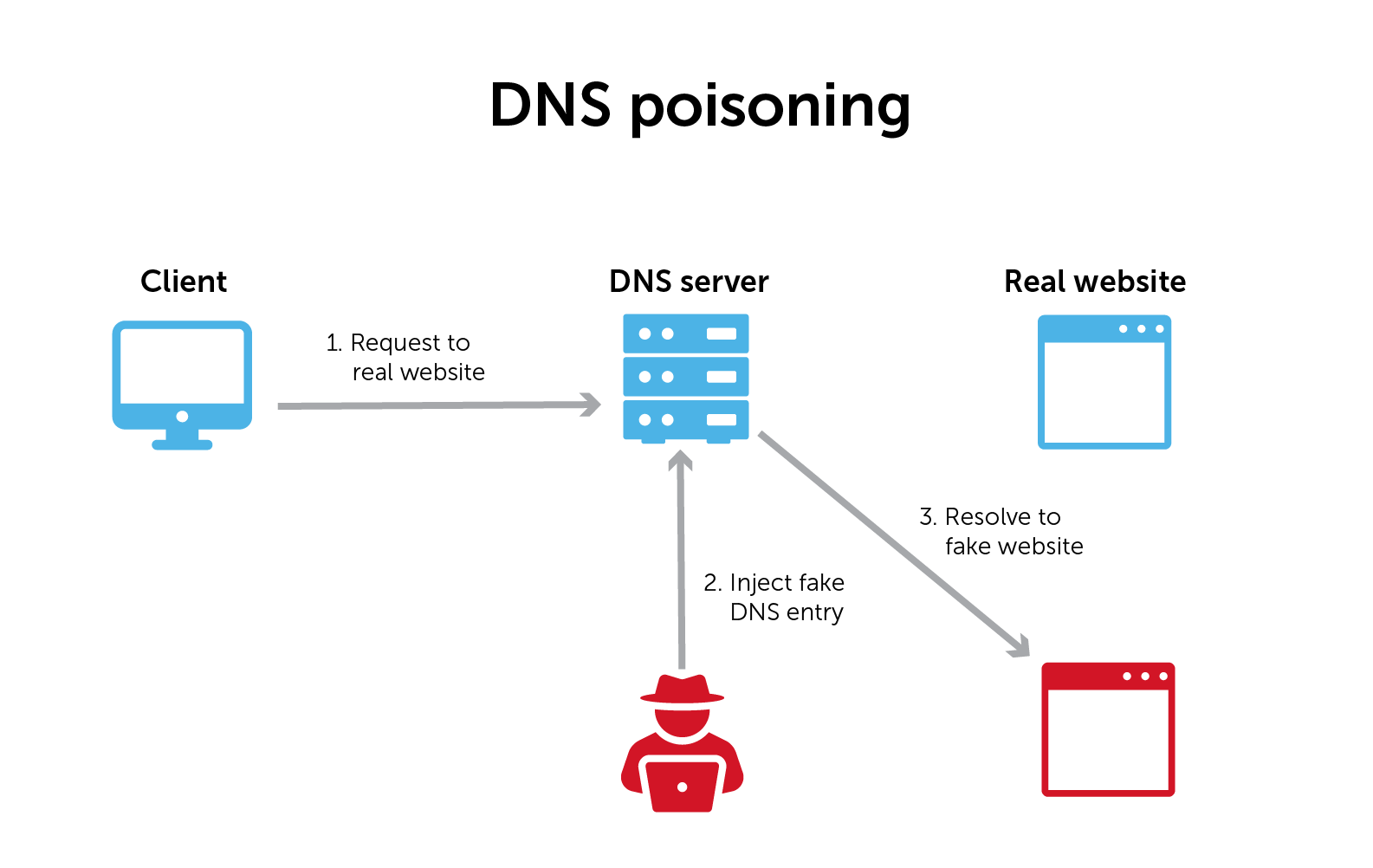
/cloudfront-us-east-1.images.arcpublishing.com/gray/UQ4EUQXCGVHVXLDRNDCBQ2SVUE.jpg)
Take the time to read through this window ( Figure 2) carefully about the pros and cons of such an approach. You can generate addresses either by generating random numbers or by using a passphrase. This isn't very burdensome when you consider that you can make as many addresses as you like. The only downside to this is that you will need a secure way to exchange your new Bitmessage address with all your contacts each time you generate them. Creating and abandoning addresses is encouraged because it makes it much more difficult for an adversary to read your communications if they don't know from where they originate. The concept is similar to Bitmessage addresses. Users of Bitcoin will be familiar with the concept of generating new wallet addresses after each transaction to make payments harder to trace. The key to Bitmessage's security lies here. These can be used both to send and receive messages. Make sure to keep backups of this file or use deterministic addresses ( Figure 2).įigure 2: When creating deterministic addresses, note the Address Version number and the Stream number, as you'll need these if you have to regenerate them in the future.Ĭlick the New Identity button at the bottom left of the PyBitmessage window to open the wizard to generate new addresses. By default, this is stored in your ~/.config/PyBitmessage directory. On the first run, PyBitmessage will generate a keys.dat file. (See the "Bitmessage+Tor" section for specific steps for connecting via Tor). If you connect via a proxy or Tor, check Let me configure special network settings first before proceeding. If you're happy to go ahead, click OK to continue.
Bitmessage spoofing software#
Once the software is downloaded, simply run the Python script with: ~/PyBitmessage/src/bitmessagemain.pyĪ pop-up appears explaining that PyBitmessage won't connect to anyone until you allow it. You most likely will have the necessary prerequisites installed already on your system, such as python and openssl.
Bitmessage spoofing code#
Linux users can easily clone the Pybitmessage source code and run it in Python by following the instructions on the Bitmessage wiki.
Bitmessage spoofing download#
If terms like "partial hash collision" and "decentralized" fail to excite you, rest assured an in-depth knowledge of the protocol is not required to download and make use of Bitmessage's client. However, they can only decrypt messages that have been sent to their own address. Just as Bitcoin users have access to all transactions, all Bitmessage users have access to all messages through their clients. To prevent the network from being overrun by selfish users and spammers, a proof-of work must be completed for each message proportionate to its size. The client's name is often shortened to just Bitmessage but is mentioned here to distinguish it from the Bitmessage protocol itself. Messages are transferred over a P2P network through users running the Bitmessage client PyBitmessage. This address is in fact a hash of a public key, and as such, it's much harder for a scammer to assume your identity by sending an email supposedly from your address. Users can exchange messages, as well as subscribe to news lists (Subscriptions) and discussion channels (Chans).Īs with Bitcoin, which works on the basis of "wallet addresses" to receive money, you only need to provide one of your Bitmessage addresses to a fellow user to communicate. Bitmessage users can have one or a number of these addresses ( Figure 1).įigure 1: PyBitmessage, the official Bitmessage client in action. As an average Linux user, it's sufficient to know that each user is assigned a virtual "address" (e.g., BM-2cSpVFB6cDxLLGUeLR圓pZTwYsujmpRzP7) that can be used to send and receive messages. ĭeveloper Jonathan Warren's official whitepaper on Bitmessage goes into considerable detail on how this is achieved. In simplest terms Bitmessage works as a vast e-mail server, albeit one that is not controlled from any one central point. Instead of using a blockchain to record transactions, however, Bitmessage uses complex mathematics to validate and encrypt messages. Like Bitcoin, Bitmessage uses a decentralized peer-to-peer (P2P) protocol. Nor is it very easy to steal coins from another user's digital wallet without their digital private key. Since transactions are confirmed several times, it is highly unfeasible for anyone to forge an entry in the blockchain to give themselves a digital wagonload of Bitcoins.

Users of the pseudonymous cryptocurrency Bitcoin will know that its strength lies in a blockchain – a decentralized ledger of transactions shared across thousands of computers.


 0 kommentar(er)
0 kommentar(er)
